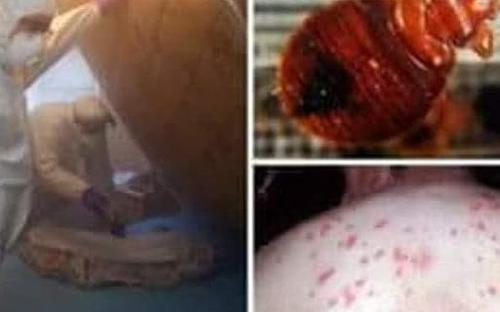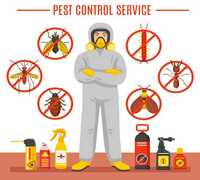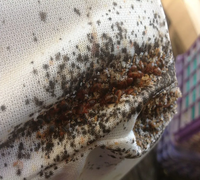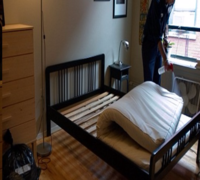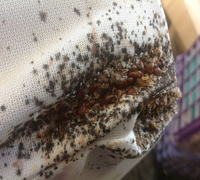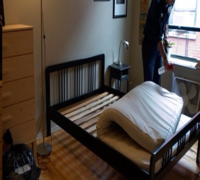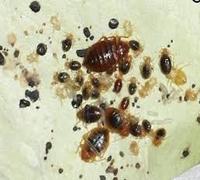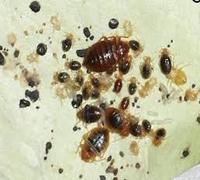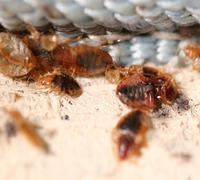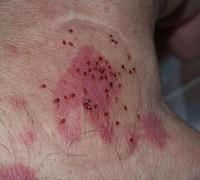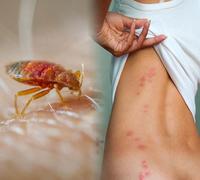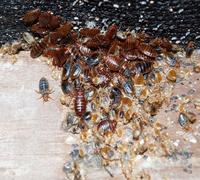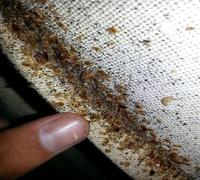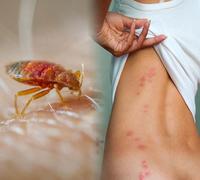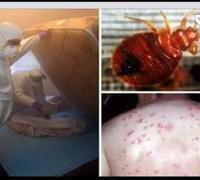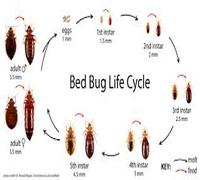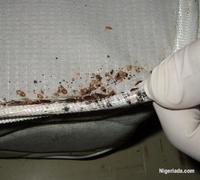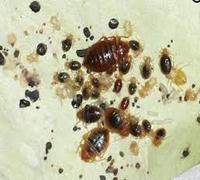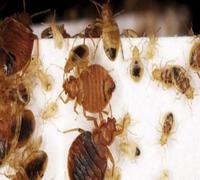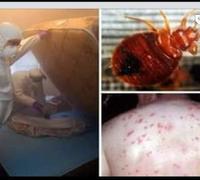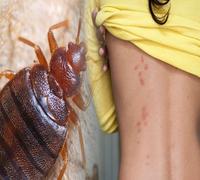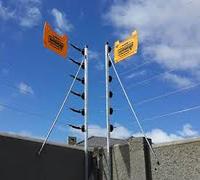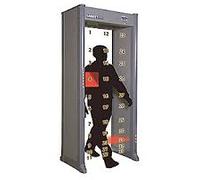You Have A Bed-bugs Problem? Here Is The Solution
Contact Advertiser
Get a fresh start every day and gain 1000 times more views with banner!
- Do not pay in advance even for the delivery.
- Try to meet at a safe or public location.
- Check the item BEFORE you buy it.
- Pay only after collecting the item.
Ad-node Tabs
These bugs have existed for thousands of years and have honed their bug hitchhiking and hiding skills to perfection. They will have been unknowingly picked up from existing bedbug infestations - attaching themselves to your clothing, bags, backpacks, luggage, or hiding inside fabrics, furnishings, and cracks and crevices in used furniture.
The most common species of bed bug in the Nigeria is Cimex lectularius. Males and females are blood-sucking and will take a blood feed from people, but female bed bugs tend to bite more frequently as they need the blood to develop their eggs.
They are an increasing problem worldwide, because as people travel for both business and leisure, the chances of encountering bedbug infestations and inadvertently spreading them increases. These pests are also becoming an increasing issue in student accommodation, care homes and apartments, as once established they can move easily between rooms, spreading a bed bug infestation to other areas.
Bed Bug Facts
* Bed bugs lay 200 - 500 eggs over a two month period in batches of 10 - 50.
* Adult females must have a blood meal from warm-blooded mammals, such as people before egg-laying.
* Eggs are usually hidden in cracks and crevices and can be attached to infested items of furniture, fittings or soft furnishings such as mattress seams, box springs, bed linen and other items, in clusters by a transparent substance.
* There are 7 stages to the lifecycle from egg to fully grown adult bug which can be from 45 days, but may take up to a year.
* The typical lifespan of a bedbug is about 50 days to over a year depending on favorable conditions.
* They can survive for weeks to months without feeding, waiting for a human host.
Bed Bug Signs
The first signs of a bed bug infestation is likely to be waking up with bed bug bites on your arms, legs, torso and other parts of the body, often appearing as raised wheals. A bedbug requires a blood meal at regular intervals and when they bite, they inject chemicals to ensure the blood flows. This includes an anticoagulant and an anaesthetic so you don't feel the bites and the blood does not clot too quickly. They need two things: a safe harbourage to hide in and to feed on blood. A bed bug's anatomy is designed to do these two things. Common signs of bedbugs are:
* Shed skins - bed bugs go through several stages of their life cycles, leaving behind their shed skins as they grow from nymphs to adults.
* Faecal spots - leaving faecal deposits that look like tiny black dots from a felt tip pen behind, on bedding, mattress seams, headboards, baseboards, bed frames and other infested areas.
* Blood spots - the bugs can become crushed and leave behind blood spots or the bites they leave on you can bleed. Tiny spots of blood on the sheets are a tell-tale sign.
* Odours - in a very heavy, well established infestation, even a human nose can detect the unpleasant, somewhat sweet smell of a bed bug invasion. Bedbugs also give off a hormonal scent when disturbed. Dogs can spot these scents with smaller infestations and much easier than people.
* Bedbug - if you look in the right hiding places, like gaps under skirting and baseboards, cracks and crevices in furniture, mattress seams etc... you can also find live bugs. They are very small and sometimes hard to see, not much bigger than an oval-shaped, reddish-brown apple seed in some life stages, but our highly trained pest technicians, know their habits and how to find them.
Contact us for your bed bugs eradication services
Tell: 07033491967


